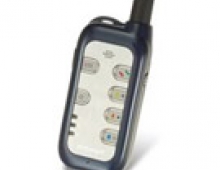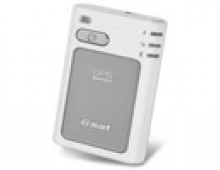Globalsat BT-368
3. Installation, tests
- Installation
In order to start using the device you should charge it via the miniUSB port. You need to keep the BT-368 plugged-in around 3~4 hours for a fully charged battery.
- Tests
We paired all tested GPS receivers with an Asus A6JA laptop, via BT protocol. Each device has its own Serial port mapping under Windows. We placed the two GPS receivers side by side at the dashboard of a carl. The same environmental conditions are valid for both receivers (night, clear sky, 25° Celsius ).
We recorded all produced data for a pre-selected route with VisualGPS and later analyzed it using GPSLog. We couldn't measure the TTFF tests ("Time to First Fix" which is the time it takes for a GPS to determine its current position), since no such software is available under Windows XP.
Globalsat BT-338
|
Globalsat BT-368
|
||
Fix
|
Invalid
|
0
|
0
|
2D
|
0
|
0
|
|
|
100
|
100 |
|
Satellites
|
Average (in view)
|
9
|
12
|
Average (in use)
|
7.59
|
6.70
|
|
Average Signal Level (in dB)
|
Maximum per Satellite
|
47.75
|
42.13
|
Average per Satellite
|
39.03
|
35.24
|
|
The two Globalsat Sirf III GPS receivers seems to perform differently
The BT-368 had more satellites in view although it only used half of them (6.70 vs 7.59). On the other hand, the reception of the BT-368 was slightly worse than what we got from the BT-338. Both GPS receivers were able to quickly get a 3D Fix and never lost it during the tests.
- Indoor Sensitivity
We placed both receivers inside a house close to a big window. Both Globalsat products had a 3D Fix, with the BT-338 to perform slightly better..





















